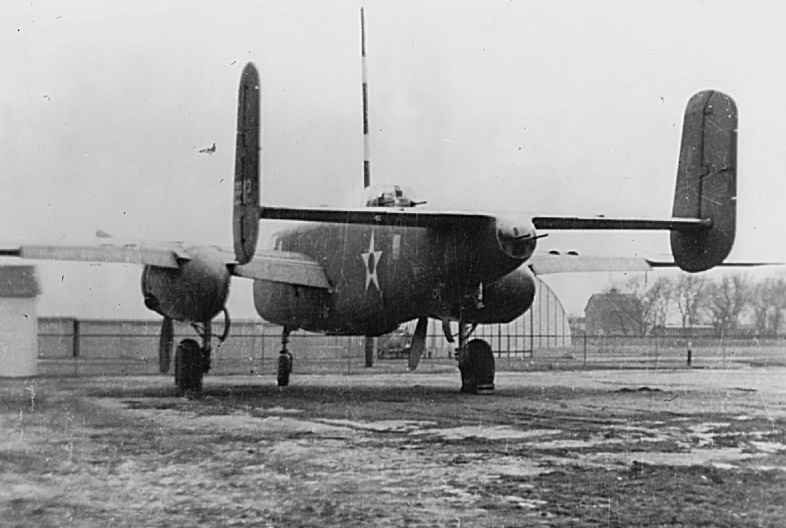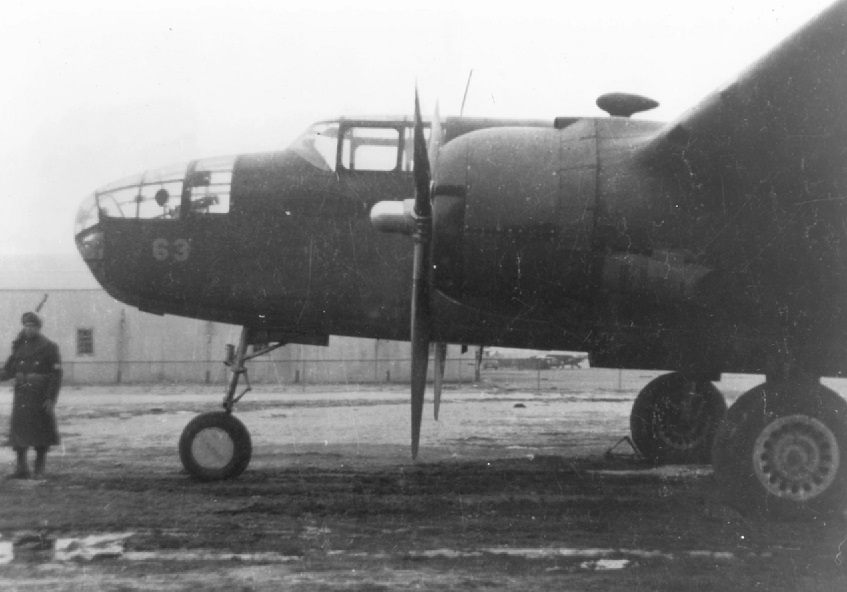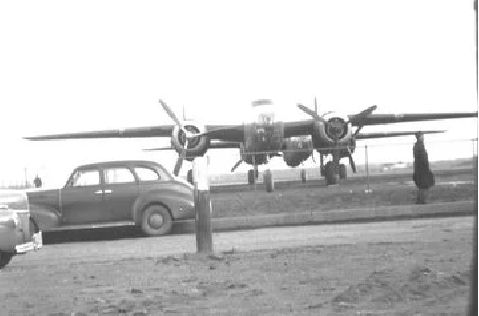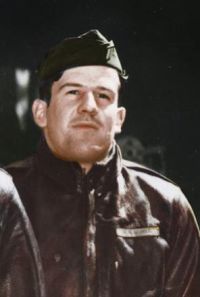Raider in the spotlight
Mid-Continent Airlines in Minneapolis
The bombers were modificated A first time at Mid-Continent Airlines in Minneapolis
The Army Air Corps had contracted with Mid-Continent Airlines in Minneapolis to make significant modifications to the bombers. The 24 by Doolitle claimed B-25 bombers (16 flew the mission) weren send to Minneapolis. The goal was to transform these medium-range aircraft into long-range cruisers. The mechanics and the crew members of the 17th Bombardment Group were led to believe that the work was to enable the B-25’s to fly on U-boat patrols off the Atlantic coast. The pilots were soon to learn otherwise.
The planning, work, and rework that happened in Minneapolis during the course of the next few weeks was top secret!Tthe men installed two additional gas tanks. A 160 gallon rubber bag tank was fixed to the top of the bomb bay. The bag tank completely blocked the crew from getting from one end of the aircraft to the other. But after the gas was consumed and the fumes vented, the tank could be collapsed in-flight to clear the passage way. Another 265 gallon steel tank was mounted inside the fuselage later to be replaced by a 225 gallon rubber-lined leak-proof.
By the end of February, 1942, the mechanics had finished their work. The airmen of the 17th Bombardment Group and their mission commander Jimmy Doolittle were just beginning. From Minneapolis they flew to Eglin Field in Valparaiso, Florida where the airmen spent the next few weeks practicing short takeoffs and low-level bombing runs .

Two of Doolittle’s B-25’s awaiting the installation of extra fuel tanks at the Mid-Continent Airlines hangar in January 1942. This is a critical photo for two reasons. First, the tail number of the right aircraft matches the manifest of Doolittle’s after action report on the raid on Tokyo. Second, the aircraft is clearly guarded by two armed sentries which speaks to the secrecy and security concerns of the fuel tank modifications.

One of Doolittle’s B-25B Bombers at the Mid-Continent Airlines Hangar in Minneapolis, February 1942.

This B-25 was flown by Capt. Ed York and was the 8th plane to launch from the deck of the USS Hornet and the only plane to survive the raid on Tokyo.

One of Doolittle’s B-25’s at Wold-Chamberlin Field in Minneapolis. This picture is significant for two reasons. First, it is taken inside the security zone, perhaps by a contractor. Second, is the presence of an armed sentry. The sentry provides importance to the secrecy of the modifications being conducted on the B-25’s.

One of Doolittle’s B-25’s at the Mid-Continent Airlines Hangar in Minneapolis – 1942. (Courtesy: NWA History Centre)
Source: https://timothyblotz.com/2012/04/13/the-doolittle-raid-on-tokyo-one-familys-untold-story/
The Heroes of Doolittle's raid on Japan in april 1942
by Mr. Geert Rottiers
The book will be available soon.

